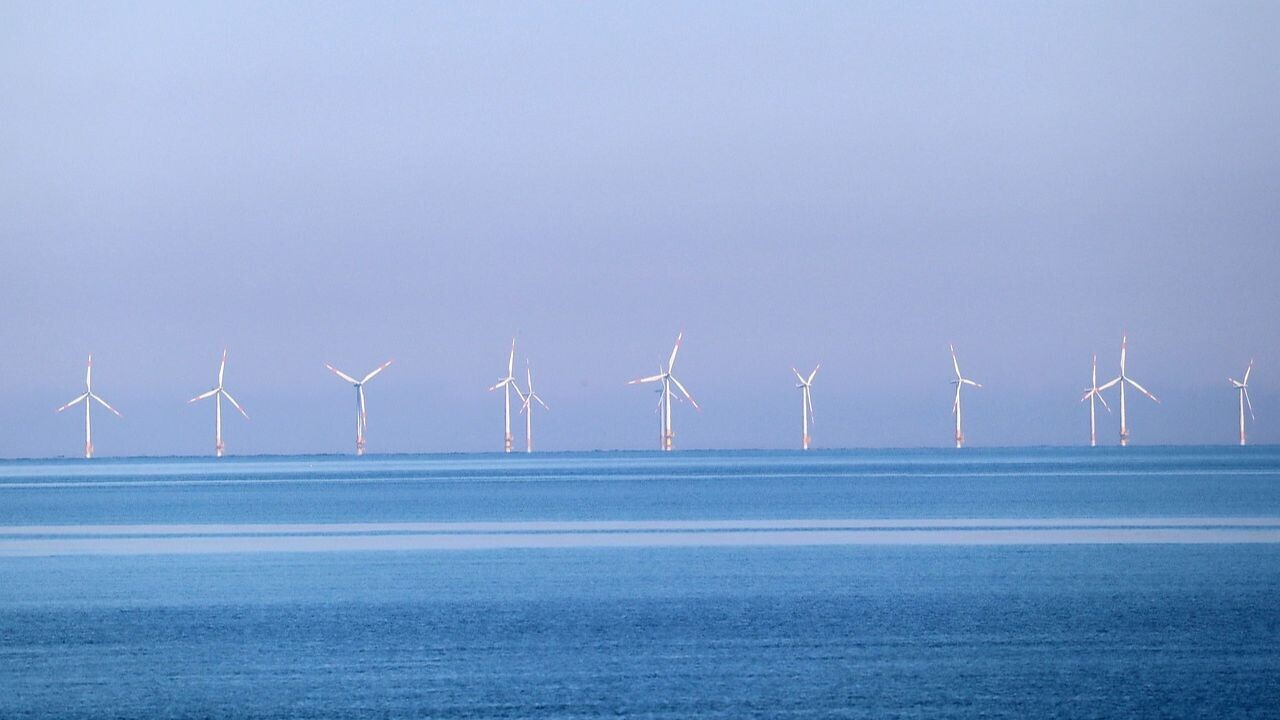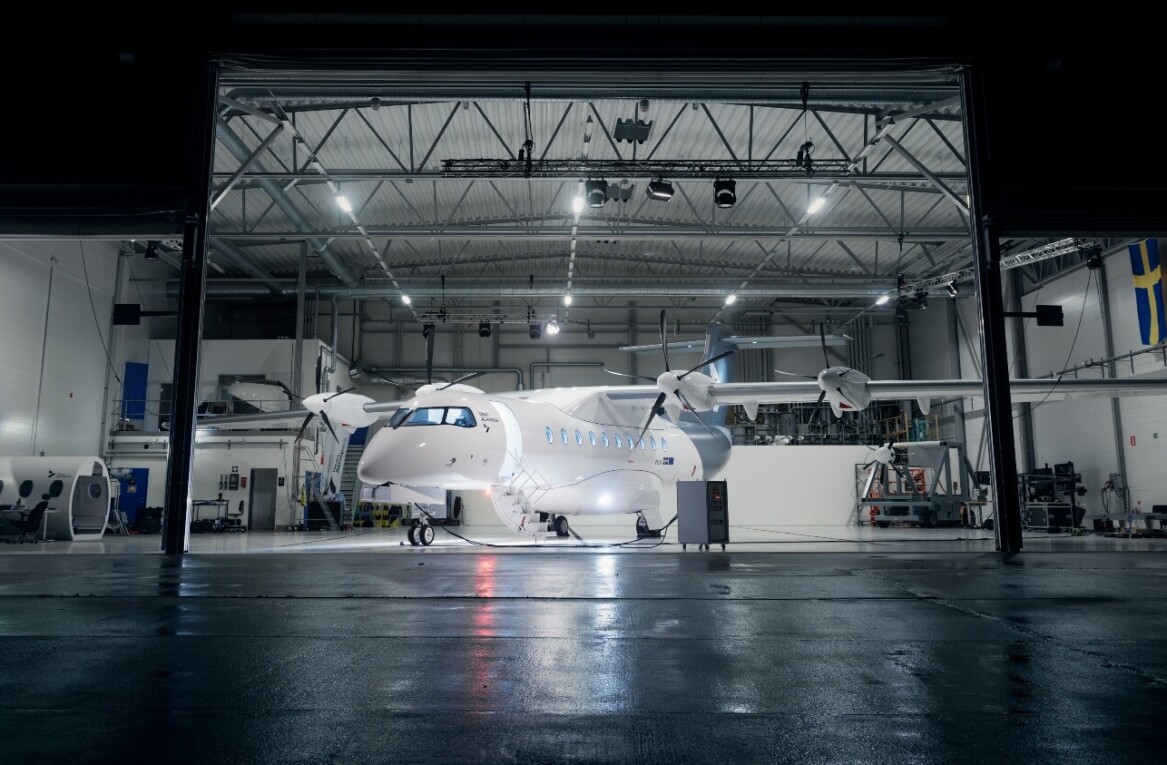
French startup Eolink — in collaboration with 15 European energy partners — will install a 5MW floating offshore wind turbine in Bulgaria by 2025. This is part of the EU-backed Black Sea Floating Offshore Wind (BLOW) project, which aims to advance sustainable energy solutions.
BLOW will use Eolink’s patented floating offshore wind turbine design, which the company claims solves existing industry issues by using four steel masts instead of one to spread the turbine’s stresses. This is said to make the overall structure more than 30% lighter. As per the startup, its turbines can produce 10% more energy by reducing aerodynamic interactions thanks to a greater distance between the blades and masts.
The unit will be designed to operate with maximum efficiency in the Black Sea, and this includes fitting it with a larger rotor so it can generate more energy in low-wind areas.

“The World Bank 2021 report indicates there is vast technical potential in South East Europe, with a staggering 166 GW of floating offshore energy in the Black Sea alone, which is the equivalent of five times the electricity consumption of Bulgaria and Romania,” Eolink’s CCO Alain Morry said in the press release. “Through this project we hope to catalyze offshore development across the region, which already has ongoing /fixed-bottom offshore wind projects in Romania”
But although every sustainable energy development sounds like a positive step for the EU, there is a catch: the wind turbine will be used to power an existing gas platform operated by Petroceltic, a Bulgarian oil and gas company. Unfortunately, this isn’t an uncommon practice. Think of Norway’s Hywind Tampen, the world’s largest floating offshore wind farm, which also powers the country’s gas and oil production.
On the one hand, powering fossil fuel production with renewable energy is the lesser evil compared to conventional drilling or burning practices. And developing a new industrial case for offshore wind that other traditional industries is a positive development. One could also argue that the lessons learnt in the process of manufacturing, installing, and operating the wind turbine can benefit larger wind farms in the future.
But on the other hand, it seems like a step backwards for the EU that’s funding a project on green energy in order to harvest the gas and oil that are endangering the planet. And while this might simply represent a transitional stage before we fully depend on renewable energy sources, the bloc should step up its game if it’s to meet its climate targets for carbon neutrality by 2050.
Get the TNW newsletter
Get the most important tech news in your inbox each week.





